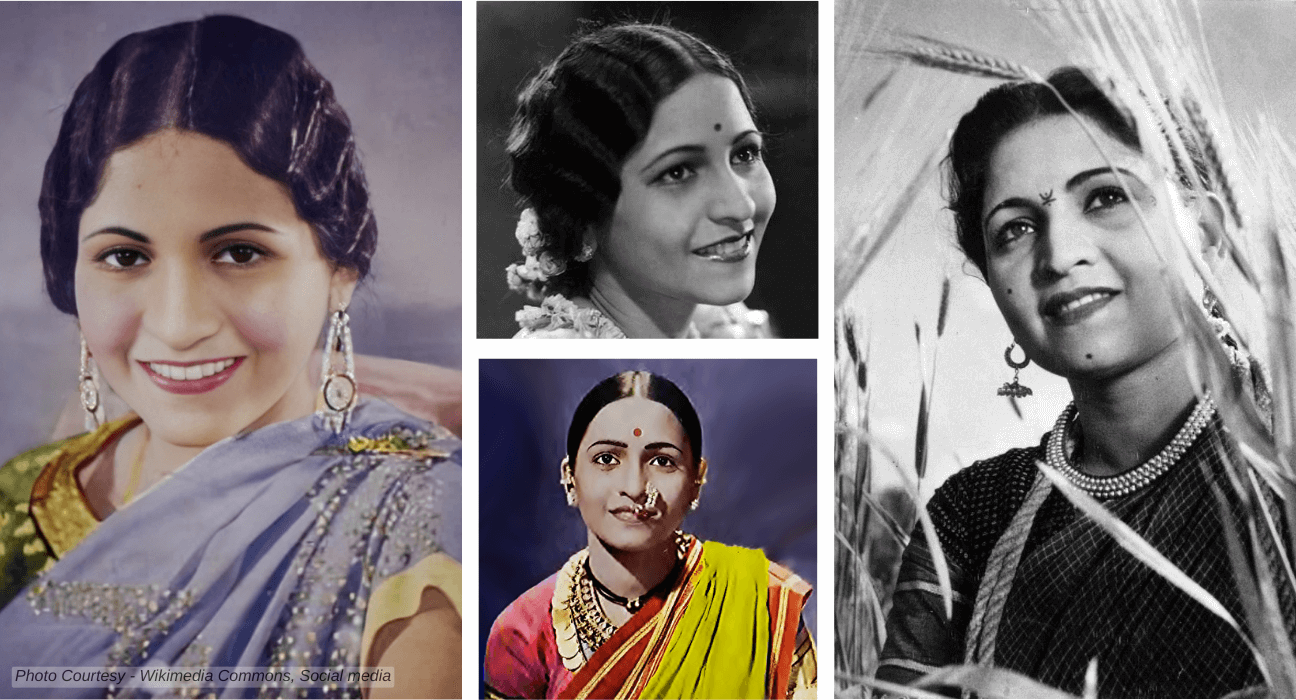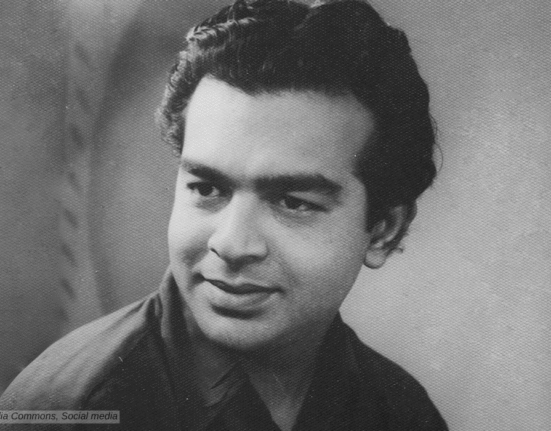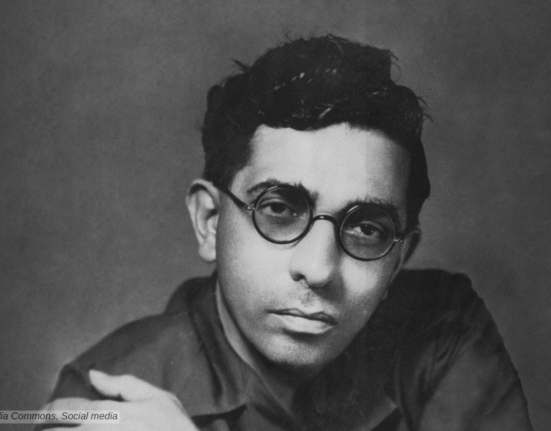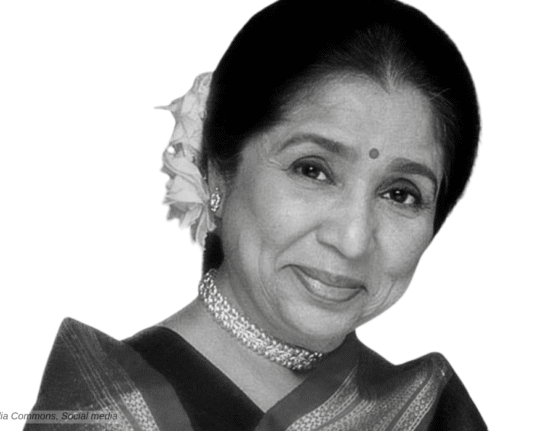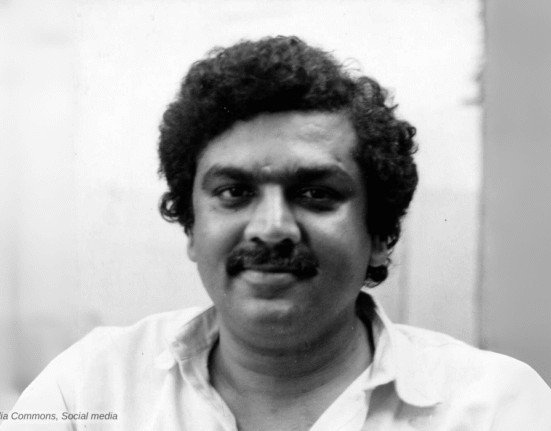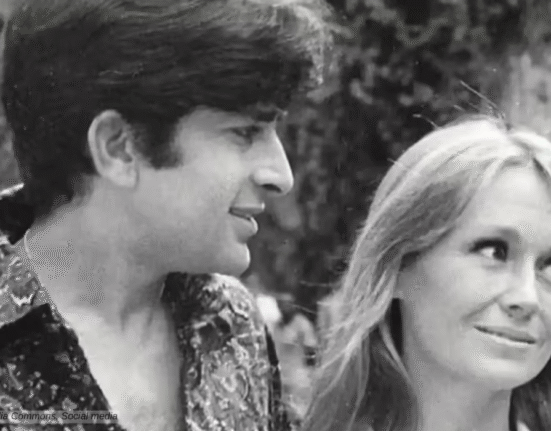The legendary Marathi and Hindi film and stage actress, Hansa Wadkar, is widely considered the greatest star of Marathi cinema and stage. Her life itself is a story of great struggles, triumphs, and trials, which made her a cultural icon.
She wrote her autobiography in Marathi, “Sangtye Aika” (I am Telling, Listen), which was published in 1971. The autobiography was initially serialized in the Marathi magazine “Manoos,” assisted by journalist Arun Sadhu.
“Bhumika (1977),” directed by Shyam Benegal, was based on Hansa Wadkar’s autobiography, with actress Smita Patil portraying Wadkar. The film won two National Awards: Best Actress for Smita Patil and Best Screenplay for Satyadev Dubey, Shyam Benegal, and Girish Karnad. It also won Best Film at the 25th Filmfare Awards.
Early Life

Hansa Wadkar, originally named Ratan, was born in Bombay on January 24th, 1923. Hansa’s mother, Saraswati, was from a Devdasi lineage, while her father, Bhalchandra Salgaokar, belonged to a family of “kalavantin” (courtesans noted for their musical training and expertise). After the death of her great-grandmother, Baybai Salgaokar, the family acquired property in Sawantwadi. Due to Salgaokar’s alcoholism, they soon found themselves penniless and had to move to Bombay.
In Bombay, her father’s sister, Indira Wadkar, worked as an actress in movies of actor/director Master Vinayak, the husband of her other aunt, Sushila. Here, her older sisters also began working in films. She and her brother started school, but after a few years, Hansa had to drop out because the family believed her younger brother, the only son, deserved schooling more.
Debut, Marriage
Besides being a beautiful girl, Hansa showcased her talent in music and dance from an early age and received training accordingly. She made her acting debut as the leading lady in Baburao Pendharkar’s “Vijayache Lagaane” (1936), which was remade in Hindi the same year as “Shaadi Ka Mamla,” directed by Mama Warerkar. It was then that her name changed to Hansa Wadkar from Ratan Sagaonkar.
Jagannath Bandarkar was her neighbor in Sawantwadi. When he relocated to Bombay and started his theater company, he asked Hansa to act in it. Hansa’s mother was not happy and accused them of having an affair. Hansa, the rebel, got angry and actually started a relationship, marrying Jagannath Bandarkar in 1937 at the age of 15. She thought she would not have to work, but circumstances, a demanding family, and the failure of her husband’s theatre company and later printing press forced her back into films.
Comeback
She made a comeback to films and acted in “Jung-E-Jawani (1937),” “Bahdur Kisan (1938),” “Sneh Lagna (1938),” and “Zamana (1938).” In 1939 she joined Bombay Talkies. Her first film for them was “Navjeevan,” directed by Franz Osten and released in 1939. She then acted in “Durga (1939),” directed by Franz Osten, and “Azad (1940),” directed by N. R. Acharya.
After the death of Himanshu Rai in 1940, she left Bombay Talkies and temporarily joined Prabhat Talkies, where she acted in Sant Sakhu (1941). Her next film was National Studios’s Apna Paraya (1942), directed by Ramachandra Thakur. Mera Gaon (1942), with P. Jairaj, Chhaya Devi, Agha, and K. C. Dey, was another film with National Studios.


She acted in Dillagi (1942), Meena (1944), Raj Kumar (1944) with Chetan Anand, Ram Shastri (1945), a biopic about 18th-century Chief Justice Ram Shastri for Prabhat Films, “Main Kya Karun” (1945), “Aarti” (1945), and “Behram Khan (1946).” In 1947 she joined the cast of Lokshahir Ram Joshi, co-directed by V. Shantaram and Baburao Painter for Rajkamal Kalamandir. The film is a biopic of the poet, kirtan, and Lavni performer Ram Joshi (1758–1812) set in the Peshwa period. It is one of Hansa’s most iconic films, showcasing Marathi folk dance and music.
She played the role of a “Tamasha Dancer” to perfection and received great critical and commercial acclaim in “Pudhache Paool” (1950), directed by Raja Paranjpe for Manik Studios, Pune.
She again played a Tamasha dancer in “Sangtye Aika” (1959), directed by Anant Mane and co-starring Jayshree Gadkar. In 1955, Hansa starred as a vamp in “Mee Tulas Tuzya Angani,” directed by Raja Thakur for Navchitra Films. The film won the National Film Award for Best Feature Film in Marathi and Best Director in 1956.
The Struggles
Her family life was not a happy one, as her husband was abusive and controlling. Hansa started drinking heavily. In her autobiography, she recalled a about her abduction. After getting unconscious as a result of a drinking session with a man, she found herself in his village. He brought her in as his third wife, virtually imprisoning her. After many years, she was able to send a letter to her husband.
Her husband arrived with the police and took her to the magistrate’s office in the neighboring town to testify. The magistrate sent her husband to get a signature on paper and then proceeded to rape Wadkar. She did not speak out about the incident, so there were no repercussions for the culprit.
From a prison-like situation, she again came back to her husband. The husband again started to abuse and exploit her for money. In her later years, while performing in plays, she met Rajan Jawale, an actor. She formed a bond with Jawale that lasted until her death, her only sane relationship
Hansa Wadkar died on August 23, 1971, in Bombay, Maharashtra, India.
Hansa Wadkar – on IMDB



